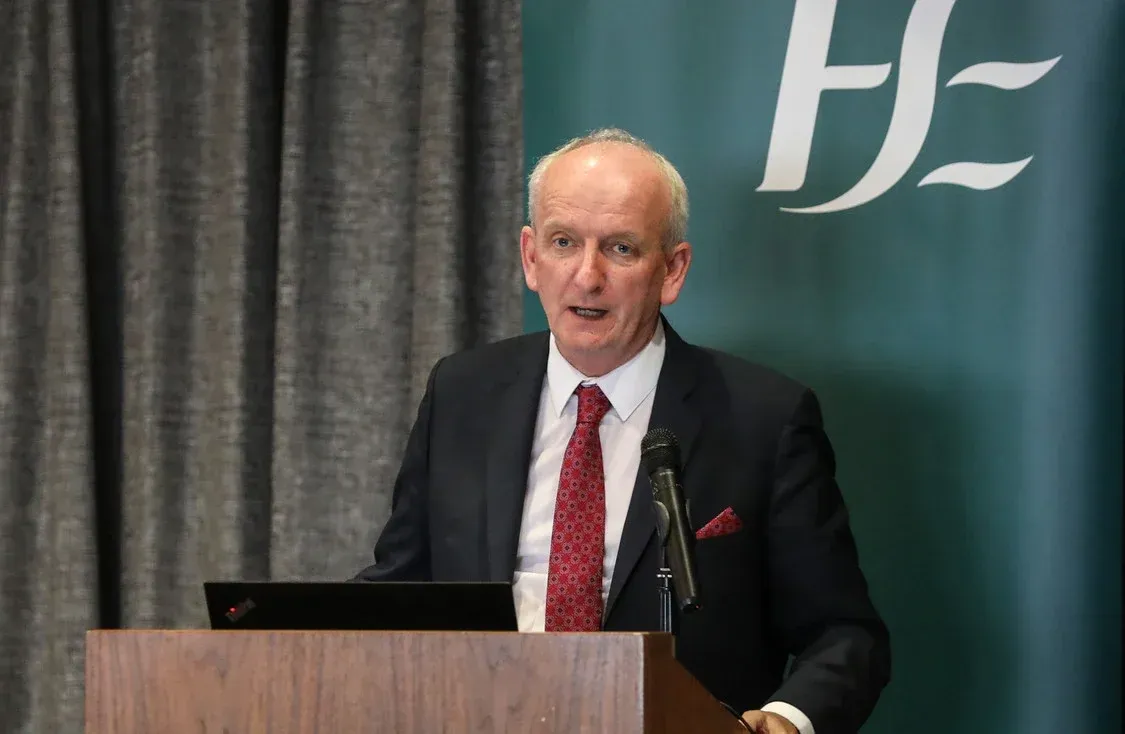Hospital overcrowding continues to strain the Irish healthcare system, with 492 patients waiting on trolleys in hospitals across the country this morning, according to the latest data from the Irish Nurses and Midwives Organisation (INMO).
Of those, 335 patients are currently waiting in emergency departments, while a further 157 patients have been placed on trolleys in hospital wards, highlighting the ongoing pressures facing Ireland’s acute care facilities.
Leading the list for the highest number of patients waiting for hospital beds is University Hospital Limerick, with 97 people without access to an available bed. It is followed closely by Cork University Hospital and Sligo University Hospital, each reporting 35 patients on trolleys, placing Sligo as the third most overcrowded hospital in Ireland today.
The INMO’s daily Trolley Watch figures underline a worrying trend of persistent overcrowding, particularly in the west and midwest regions, where acute bed shortages and staffing challenges continue to impact the delivery of care.
Regional Breakdown
In addition to the figures reported at Sligo University Hospital, several other hospitals in the western region are also experiencing significant pressure:
- University Hospital Galway currently has 33 patients waiting on trolleys.
- Mayo University Hospital is dealing with 22 patients in the same situation.
- Portiuncula University Hospital in Ballinasloe has 1 patient on a trolley.
These numbers contribute to the ongoing national crisis in emergency departments, where overcrowding and delayed admissions are now daily occurrences.
INMO Raises Alarm on Patient Safety
The INMO has reiterated concerns that high trolley numbers are compromising patient safety and placing additional pressure on already overstretched staff.
“Every patient left waiting on a trolley is a patient whose care is delayed, often in unsuitable and unsafe conditions,” said an INMO spokesperson. “Hospitals continue to operate under immense strain, particularly in emergency departments where staffing shortages and high patient volumes intersect.”
The union has called for urgent action from the Health Service Executive (HSE) and Department of Health to alleviate the pressure on hospitals and frontline healthcare workers. Among the recommendations are increased investment in acute bed capacity, accelerated discharge planning, and the recruitment of additional healthcare staff.
Persistent Overcrowding at University Hospital Limerick
University Hospital Limerick has consistently recorded the highest trolley numbers in the country, a trend that has continued for several years. Despite numerous government promises to address the issue, the facility remains overburdened, with staff frequently raising alarms over unsafe working conditions and long patient waiting times.
Sligo University Hospital Faces Rising Demand
As the third most overcrowded hospital today, Sligo University Hospital is facing mounting demand for services. The hospital serves a large catchment area, including parts of north Leitrim, Donegal, and Roscommon, making it a critical hub for healthcare delivery in the northwest.
Staff shortages, increased admissions, and delayed discharges are compounding the issue, creating a backlog that is reflected in today’s trolley numbers.
Calls for Systemic Reform
Healthcare advocacy groups and opposition parties have renewed calls for a comprehensive reform of Ireland’s healthcare infrastructure, pointing to the Sláintecare reform programme as a blueprint for action that has yet to be fully implemented.
They argue that long-term investment in community care, rehabilitation services, and home support is necessary to ease the burden on hospitals by reducing the number of people requiring admission in the first place.
Meanwhile, frontline workers continue to shoulder the burden of systemic inefficiencies, as patients across the country face long waits in emergency departments that are ill-equipped to handle such volumes.
As the situation develops, the INMO is expected to provide daily updates, while pressure mounts on government agencies to deliver meaningful solutions to a crisis that shows little sign of abating.






